hi all 1910 house in dire state
sibster
11 years ago
Related Stories
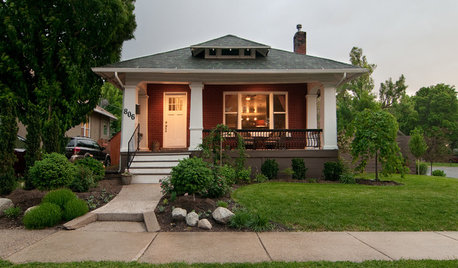
HOUZZ TOURSMy Houzz: Stripping Down Uncovers a 1910 Bungalow's Beauty
A first-time homeowner brings out the charm and coziness in her Utah home through determination and patience
Full Story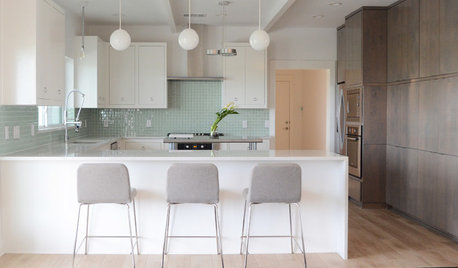
HOUZZ TOURSMy Houzz: Sleek and Chic in the Lone Star State
Cosmopolitan flair springs up in the Texas countryside, courtesy of a jewelry designer and her husband
Full Story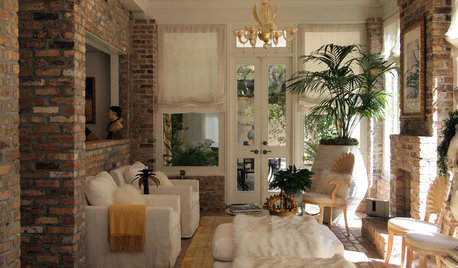
HOUZZ TOURSMy Houzz: Stately Southern Charm in a Federalist-Style Home
Moss-covered oak trees, European antiques and contemporary style set off this Louisiana home
Full Story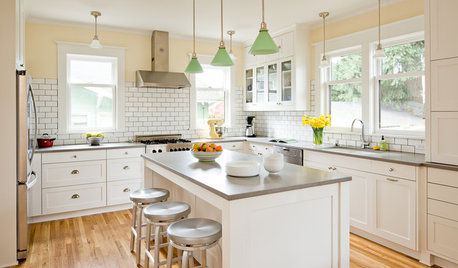
MOVINGThe All-in-One-Place Guide to Selling Your Home and Moving
Stay organized with this advice on what to do when you change homes
Full Story
GREEN BUILDINGWhat's LEED All About, Anyway?
If you're looking for a sustainable, energy-efficient home, look into LEED certification. Learn about the program and its rating system here
Full Story
GARDENING GUIDESNew Ways to Think About All That Mulch in the Garden
Before you go making a mountain out of a mulch hill, learn the facts about what your plants and soil really want
Full Story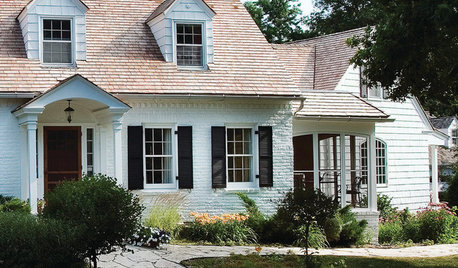
EXTERIOR COLORWhite Delights on Home Exteriors of All Styles
You can't go wrong looking on the bright side for a home's exterior — white exteriors like these have been succeeding for hundreds of years
Full Story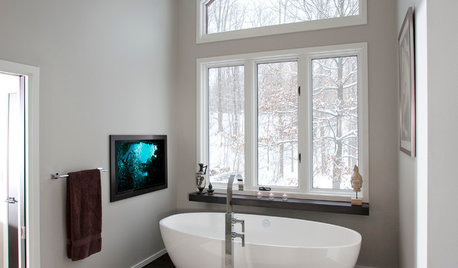
BEFORE AND AFTERS7 Dramatic Bathroom Makeovers Across All Styles
You'll be amazed at these bathroom transformations, spanning different design tastes, budgets and remodeling approaches
Full Story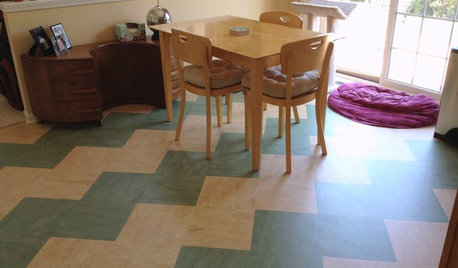
REMODELING GUIDESLinoleum, the All-Purpose Flooring Wonder
Dashing in a rainbow of colors, able to be cleaned with ease and courteous to budgets everywhere, linoleum is a super choice for floors
Full Story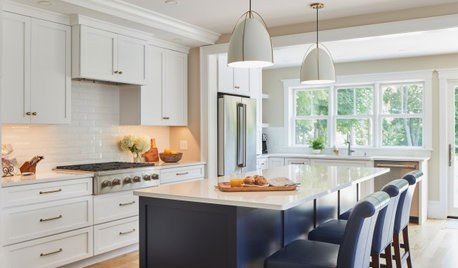
KITCHEN DESIGNPopular Cabinet Door Styles for Kitchens of All Kinds
Let our mini guide help you choose the right kitchen door style
Full Story









User
sombreuil_mongrel
Related Professionals
Ballenger Creek Kitchen & Bathroom Designers · Baltimore Kitchen & Bathroom Designers · Manchester Kitchen & Bathroom Designers · San Jacinto Kitchen & Bathroom Designers · Normal Kitchen & Bathroom Remodelers · Glade Hill Kitchen & Bathroom Remodelers · Boca Raton Kitchen & Bathroom Remodelers · Buffalo Grove Kitchen & Bathroom Remodelers · Creve Coeur Kitchen & Bathroom Remodelers · Winchester Kitchen & Bathroom Remodelers · South Jordan Kitchen & Bathroom Remodelers · Eufaula Kitchen & Bathroom Remodelers · Bull Run Architects & Building Designers · Charleston Architects & Building Designers · Madison Heights Architects & Building Designerscolumbusguy1
energy_rater_la
sombreuil_mongrel
sibsterOriginal Author
sombreuil_mongrel
energy_rater_la
sibsterOriginal Author